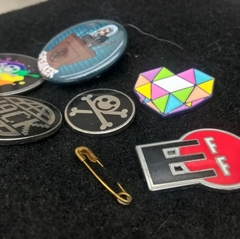Plant monitoring system Pi zero - back end advise <python>
-
Featured Topics
-
Topics
-
3
-
0
-
0
-
3
-
5
-
2
-
INotPablo ·
Posted in CPUs, Motherboards, and Memory9 -
Marie Rose ·
Posted in Cases and Mods6 -
6
-
HayLo995 ·
Posted in Storage Devices5
-



















Create an account or sign in to comment
You need to be a member in order to leave a comment
Create an account
Sign up for a new account in our community. It's easy!
Register a new accountSign in
Already have an account? Sign in here.
Sign In Now